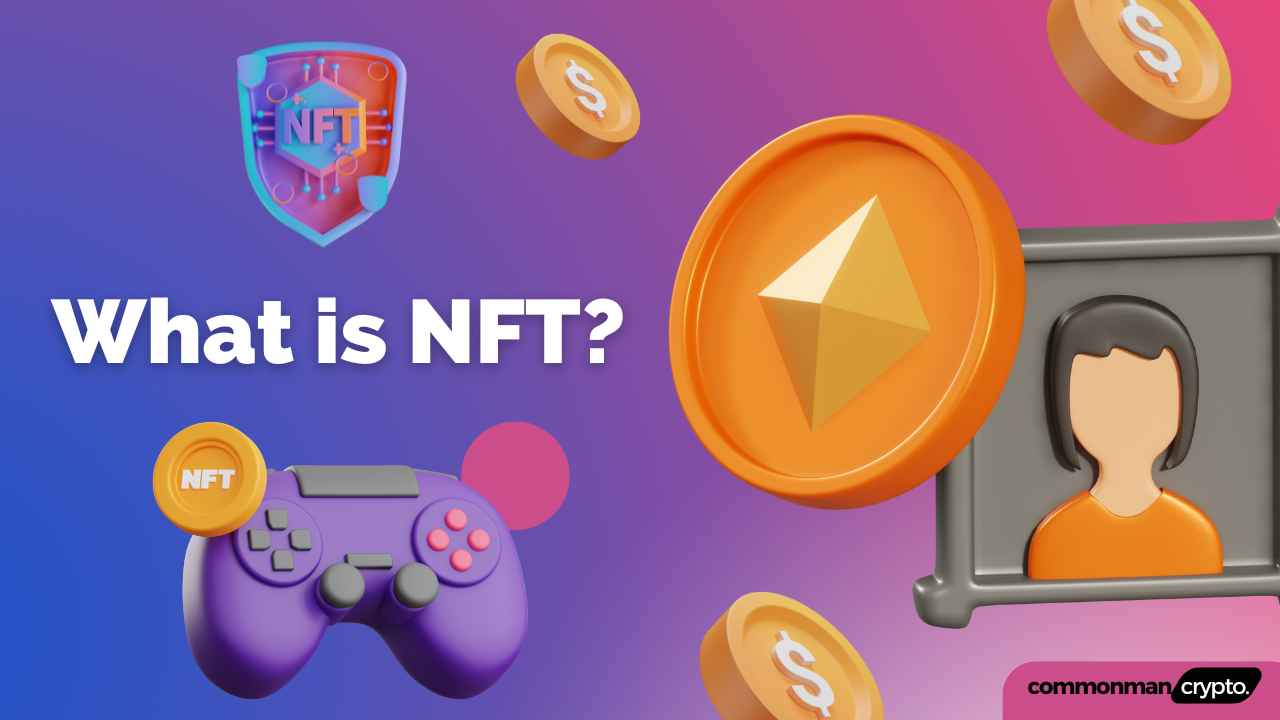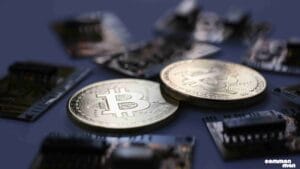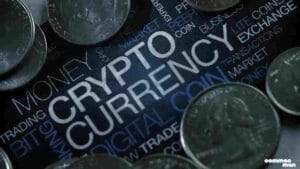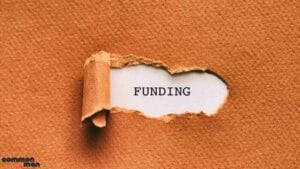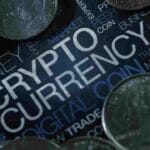Non-fungible tokens (NFTs) are everywhere these days – from art and music downloads to tacos and toilet paper sales, these digital assets are selling like 17th-century Dutch tulips — sometimes for millions.
But are NFTs worth the hype–or the investment? Some experts predict they are just another bubble waiting to burst, like dot-com stocks or Beanie Babies; others see them as long-term investment tools that will change investing for good.
What Is an NFT?
An NFT is a digital asset that may take the form of art, music, in-game items, or videos and is sold online using cryptocurrency as payment. These assets often use software similar to cryptocurrency coins when exchanged online.
NFTs have become a widely utilized way of purchasing digital art since 2014, and the market value for NFTs was estimated at an astounding $41 billion in 2021 alone, approaching the total worth of the global fine art market.
According to Arry Yu, chair of the Washington Technology Industry Association Cascadia Blockchain Council and managing director of Yellow Umbrella Ventures, NFTs are generally one-of-a-kind or part of limited-run items with unique identifying codes that create digital scarcity.
“Essentially, NFTs create digital scarcity,” states Arry Yu.
Contrast this with most digital creations, which typically have an infinite supply. Cutting off supply may increase its value, provided its demand increases accordingly.
Early NFTs often take the form of digital creations that exist elsewhere. For instance, iconic video clips from NBA games or securitized versions of digital art already shared via Instagram.
Mike Winklemann, known by his moniker of “Beeple,” created perhaps the most-beloved NFT artwork of 2021 titled, “EVERYDAYS: The First 5000 Days”, which sold at Christie’s for an astounding $69.3 million.
Why would people spend millions for something they could easily screenshot or download for free online?
An NFT allows buyers to own original items while providing proof of ownership; collectors often value these “digital bragging rights” more than the item itself.
NFTs serve as certificates of authenticity to demonstrate ownership of digital property, secured through blockchain technology to make counterfeiting difficult and NFTs have revolutionized digital art but can be risky investments.
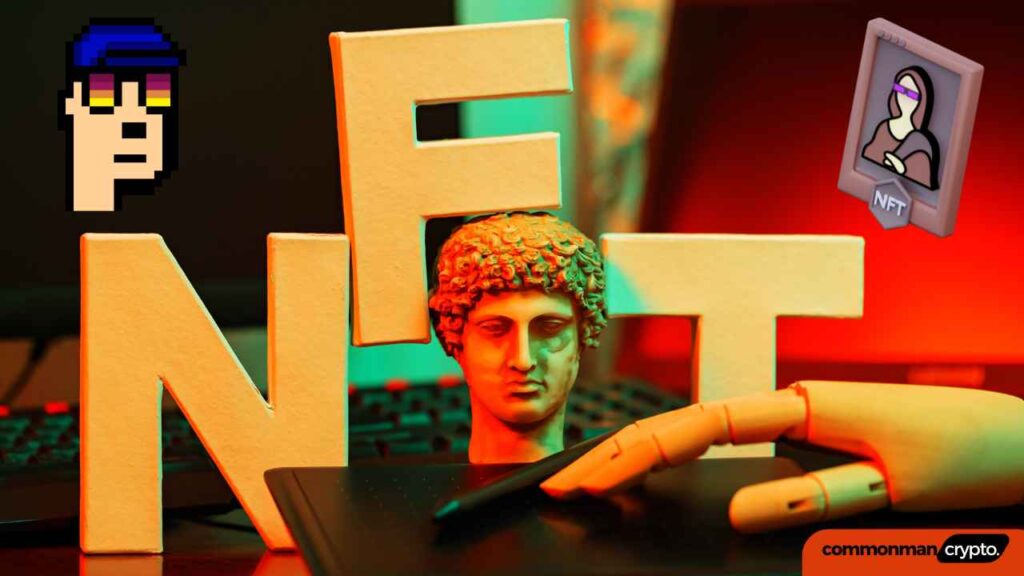
What Are the Differences Between an NFT and Cryptocurrency?
NFT stands for non-fungible token. These digital coins typically employ similar programming languages used for cryptocurrencies like Bitcoin or Ethereum but differ significantly in other respects.
Physical money and cryptocurrencies are “fungible,” which means they can be exchanged easily among themselves and are of equal value–one dollar is always equal to another dollar; one Bitcoin equals another Bitcoin. Crypto’s fungibility makes it an efficient means for conducting transactions on blockchain networks.
Non-Fungible Tokens (NFTs) differ from regular tokens by having a digital signature that prevents exchange or equality between NFTs; one NBA Top Shot clip cannot be exchanged for another simply because both are NFTs nor are two NBA Top Shot clips the same! (One NFT clip may or may not even equal another.)
How Does an NFT Work?
NFTs exist on the blockchain, a decentralized public ledger that records transactions. You may know it as being behind cryptocurrency, yet blockchain goes beyond just that application.
NFTs typically reside on the Ethereum blockchain, although other blockchains support them.
An NFT is constructed by “minting” digital objects that represent tangible and intangible items, including:
- Graphic art,
- GIFs,
- Videos
- Sports highlights
- Collectibles (virtual avatars and game skins)
- Designer sneakers
Even tweets can make great NFT investments; Twitter co-founder Jack Dorsey sold his first tweet as an NFT for over $2.9 Million!
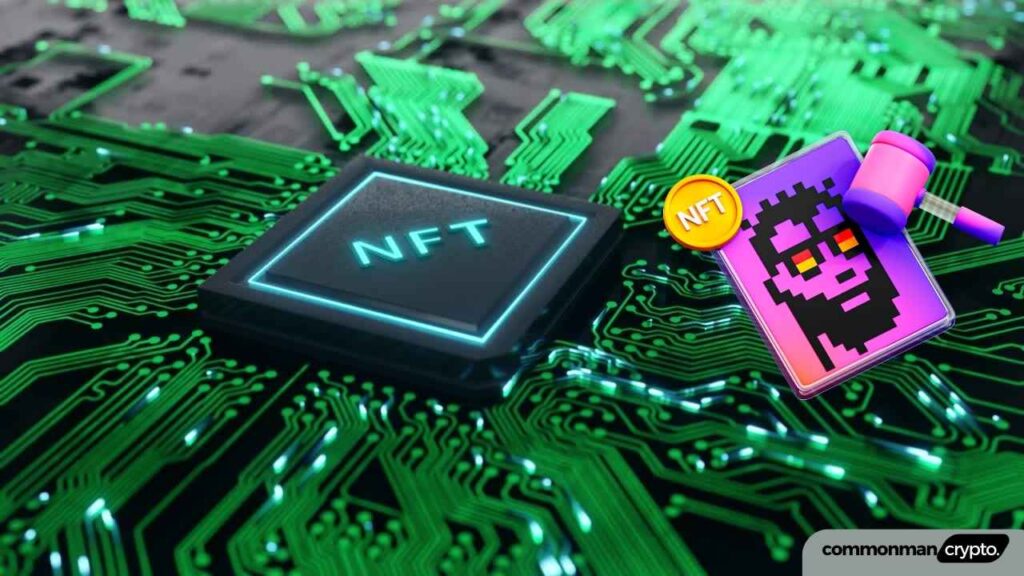
NFTs function similarly to physical collector’s items, only digital. Instead of receiving an oil painting to hang on their wall, purchasers receive a digital file instead.
NFTs also enjoy exclusive ownership rights; only one owner may hold onto them at any time, while blockchain technology makes verifying ownership and transferring tokens between owners easy. Their creator can store specific information within an NFT’s metadata file – for instance, artists can sign their artwork by including their signature.
What Are NFTs Used For?
Blockchain technology provides artists and content creators with a powerful new means of monetizing their wares, giving them more control of profits while keeping more profits themselves. Artists no longer rely on galleries or auction houses for selling art – instead, they can sell directly to consumers using NFTs – keeping more of the profits for themselves as royalties come back whenever their art sells to a new owner – an attractive feature since artists typically do not receive future proceeds after initial sales are finalized.
Brands such as Charmin and Taco Bell have turned non-fungible tokens (NFTs) into funds for charities through auctioning off themed NFT art pieces. Charmin offered its offering as “NFTP (non-fungible toilet paper),” while Taco Bell sold out within minutes, receiving the highest bids of 1.5 wrapped ether (WETH) — equivalent to around $3,723.83 at the time of writing.
Nyan Cat, a 2011-era GIF of a cat with a pop-tart body, sold for nearly $600,000. Meanwhile, as of late March, NBA Top Shot generated over $500 Million in sales; one LeBron James highlight NFT sold for more than $200,000.
Celebrities like Snoop Dogg and Lindsay Lohan are joining in, creating securitized versions of memories, artwork, or moments as non-fungible tokens (NFTs).
How to Buy NFTs
To start your own NFT collection, acquiring some essential items:
First, you will require a digital wallet capable of holding NFTs and cryptocurrencies like Ether. Your NFT provider may accept specific currencies; Coinbase, Kraken, eToro, or even PayPal/Robinhood offers credit card buying platforms where you can purchase Ether for use within their services before moving it from exchanges directly into your wallet.
As you compare options, fees should always be at the forefront. Most exchanges charge at least some percentage when purchasing crypto from them.
Popular NFT marketplaces
Once your wallet is funded and organized, there are plenty of NFT marketplaces from which you can shop. At present, some of the larger NFT markets include:
- OpenSea.io: This peer-to-peer platform sells rare digital items and collectibles like NFT collections. Create an account to browse NFT collections or sort pieces by sales volume to discover new artists.
- Rarible: Rarible is a democratic and open marketplace that enables artists and creators to issue and sell NFTs with RARI tokens issued on the platform, giving holders voting power on features like fees and community rules.
- Foundation: Here, artists must receive “upvotes” or an invitation from fellow creators to post their art online. Due to its exclusivity and cost of entry (artists must purchase “gas”), this community may feature higher-caliber artwork; Chris Torres sold his NFT on this platform! Additionally, higher prices may mean greater opportunity for artists and collectors if demand for NFTs remains current or increases over time.
- NBA Top Shot: An NFT marketplace where sports fans can trade basketball video clips. NBA Top Shot has amassed an extensive community of followers, while contests and challenges provide social interaction for its users.
- Nifty Gateway: Nifty Gateway provides collections by well-known multi- and mixed-media, video, fine art, and animation artists. This site caters to buyers looking for long-term value investments through art collections or trading.
Although NFT artists and collectors abound on these platforms, make sure you do your research before purchasing. Many artists have fallen prey to impostor artists selling their work without permission.
Verification processes for creators and NFT listings vary across platforms – some being more stringent than others, such as OpenSea and Rarible not requiring owner verification for NFT listings. Buyer protection appears limited at best, so when shopping for NFTs, it may be prudent to remember “caveat emptor” (buyer beware).
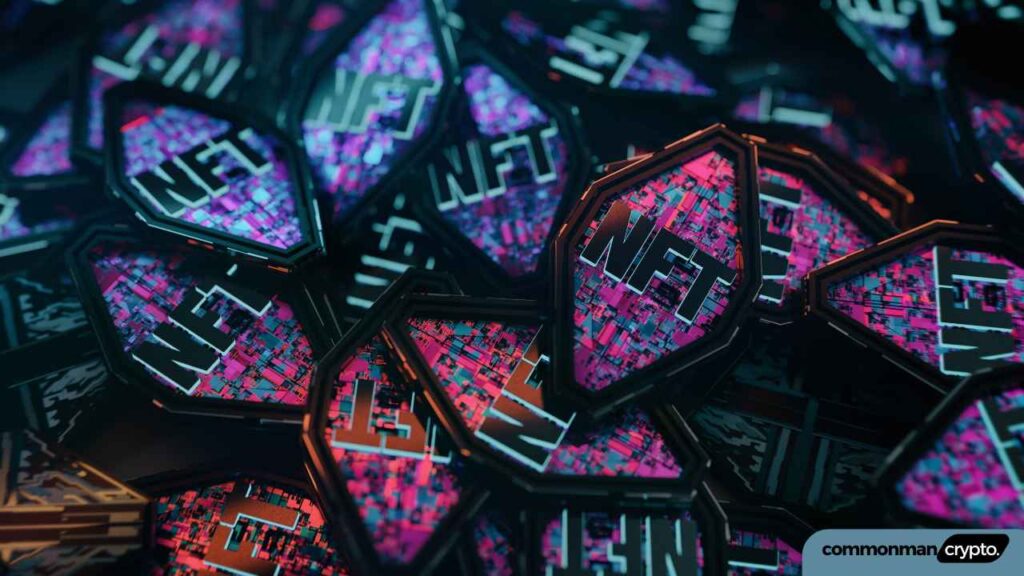
Types of NFTs
Virtually any digital file can be tokenized and made into an NFT, though certain classes of them have become popular applications of this technology:
- Profile Picture NFTs, commonly called PFP NFTs, are used as profile pictures on social media websites like Twitter. Some renowned examples are the Bored Ape Yacht Club PFPs – many have sold for millions!
- Art NFTs are tokenized versions of digital art. This could include paintings, photographs, 3D sculptures, or any other digital visual creation.
- Gaming NFTs represent specific elements in blockchain-based video games. Through them, players can unlock virtual goods and collectibles, such as in-game items and skins, and virtual currency rewards, such as virtual goods or collectibles.
- Collectible NFTs, such as digital trading cards, are created and released in limited numbers to honor an event, person, or theme – they may include those related to sports, politics, or memes.
- Virtual real estate NFTs (virtual plots of land in blockchain-based virtual worlds, such as Decentraland). Owners may construct buildings or interact with their land as desired.
NFTs have succeeded in fashion, music, and domain name markets. Some NFTs even serve real-world purposes like club membership or event access.
NFT Scams
Since the NFT market is still emerging and loosely regulated, scammers may take advantage of buyers to take advantage of them. NFT investors should use only trustworthy platforms and be wary of common fraudster tactics:
- Rug pull scams involve cybercriminals promoting an NFT project while making false promises about its value and profits. After unloading their NFTs, however, rug pulls scammers typically vanish without a trace while their value plummets.
- Airdrop scams involve fraudsters promising to deliver free NFTs into someone’s digital wallet in return for providing their wallet details – but once this information has been given out, criminals gain entry and steal those assets.
- Pump-and-dump scams involve investors purchasing multiple NFTs from a game or creator and then aggressively promoting them online, driving their value. Pump-and-dump scammers then sell these NFTs in bulk for a large profit, leaving other investors holding assets with depreciated values.
Andy LaPointe, the digital asset advisor of CryptoWisdom.com, says NFTs don’t represent bad investments or scams per se; however, they come with risks, such as fake listings and sellers who fail to deliver after money is exchanged between parties.
He suggested buyers can minimize these risks by limiting their overall exposure to NFTs.
NFTs and digital assets should be seen as “alternative investments,” with up to three percent of your portfolio allocated towards them,” LaPointe advised.
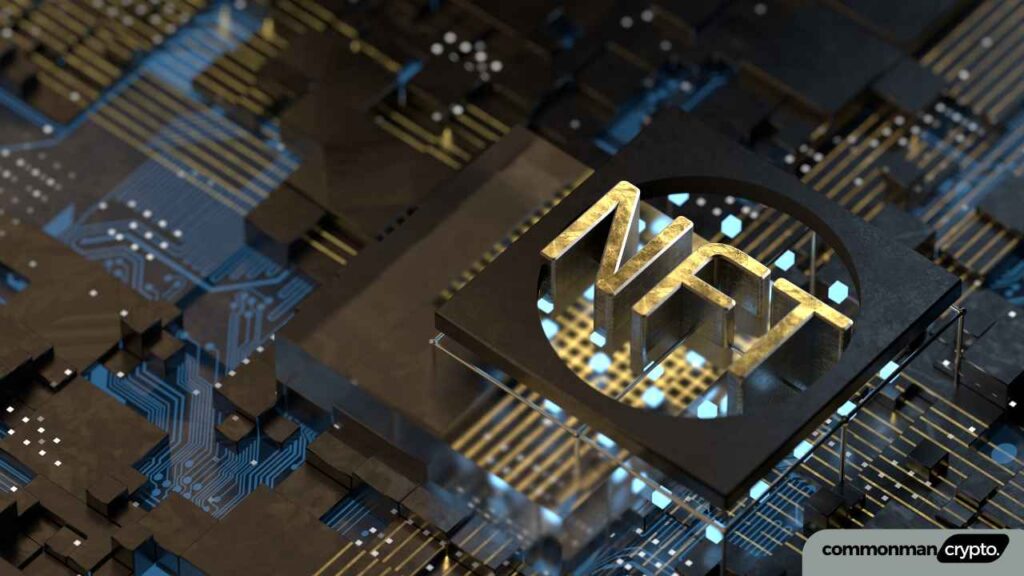
Should You Purchase NFTs?
Simply because NFTs can be bought doesn’t necessarily equate to being worthwhile investments, according to Yu. It all depends.
“NFTs can be risky due to their unknowable future and our lack of historical data on them,” according to Ms. Hou. Since they are relatively new investments, investing small amounts now may prove worthwhile as an experimentation exercise.
In short, investing in NFTs is ultimately up to you; if you have extra funds available and one piece holds special meaning for you, it could be well worth considering investing.
Remember, though, the value of an NFT lies solely with what someone else is willing to pay for it; thus, demand will dictate its price more than fundamental, technical, or economic indicators, which typically influence stock prices and provide investors with information for making investment decisions.
All this means is that an NFT could end up selling for less than you paid, or worse still, may go unsold because no one wants it.
NFTs, like stocks, can be subject to capital gains taxes when sold for a profit. Since they’re considered collectibles rather than stocks, however, the IRS has yet to declare what NFTs constitute for tax purposes; note, however, that any cryptocurrency purchased with an NFT may also be taxed should its value increase since your purchase – always seek advice from a tax professional when adding these assets to your portfolio.
Do your research before investing in any NFTs. Be wary of all possible risks – including that all your dollars might be at stake– and proceed cautiously if taking the plunge.

